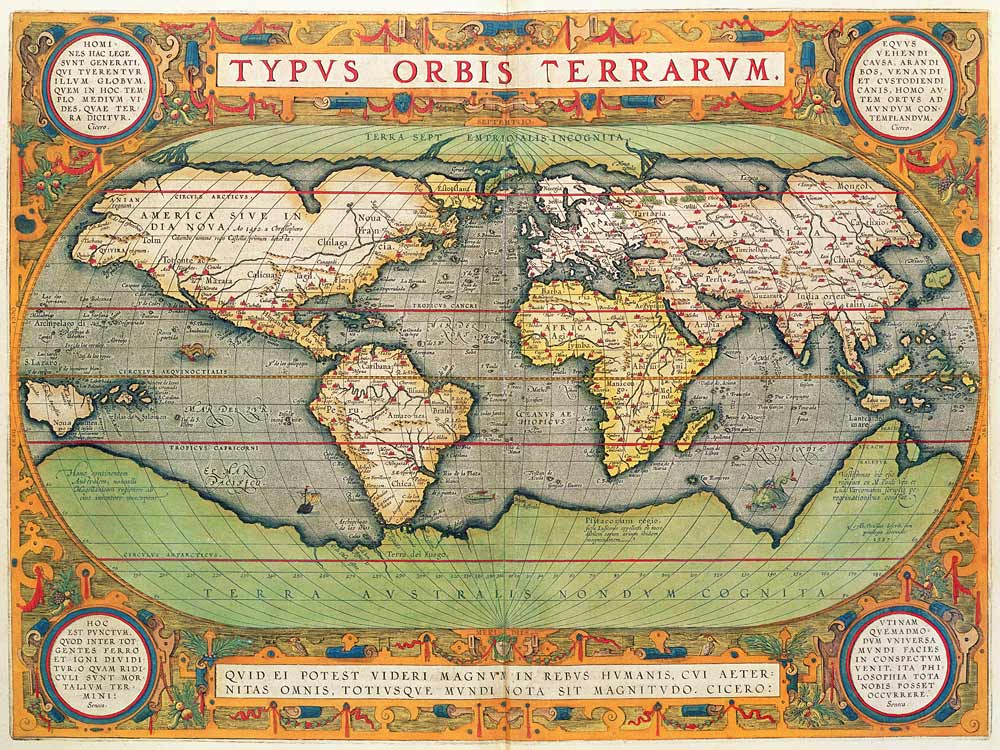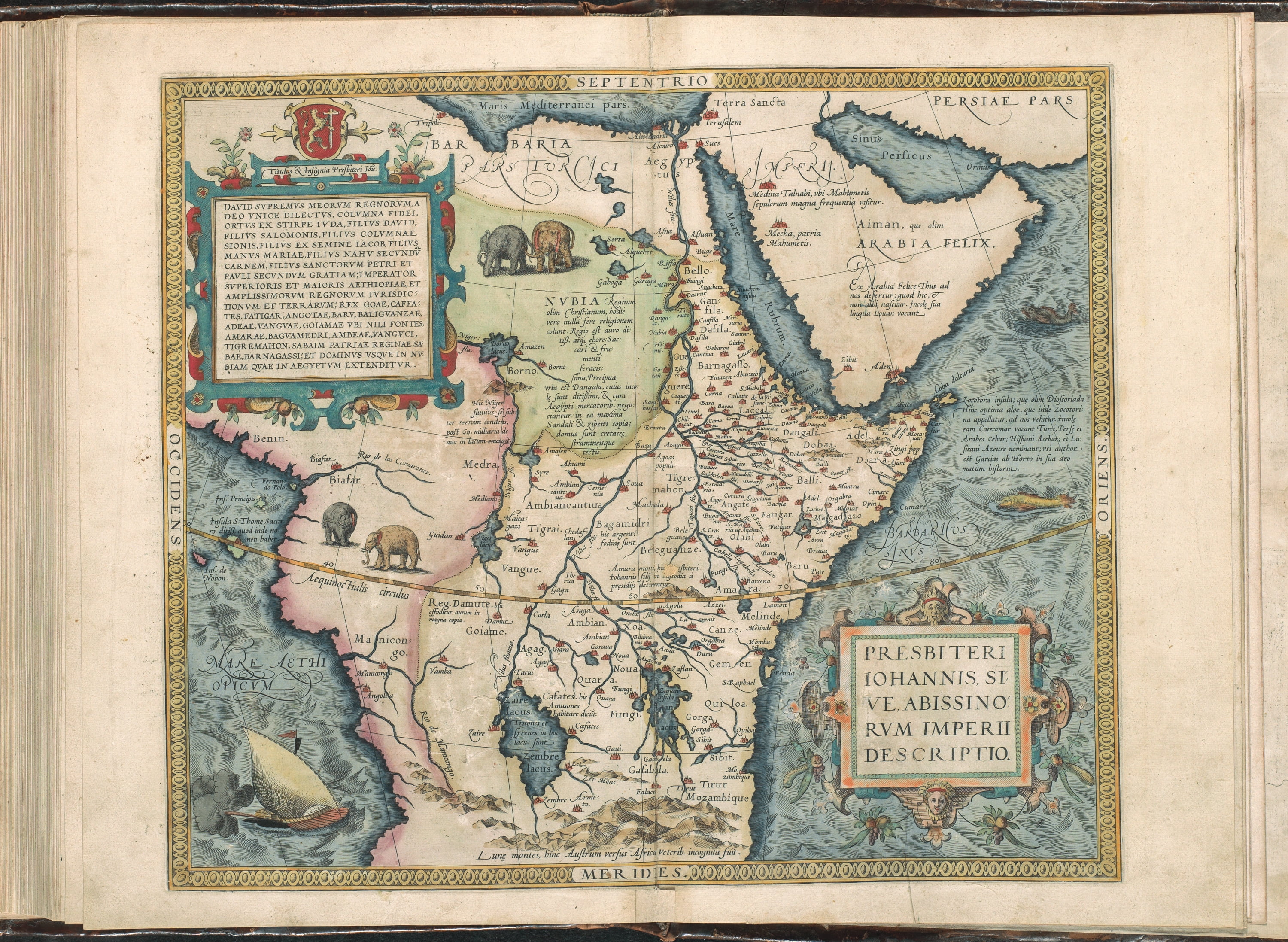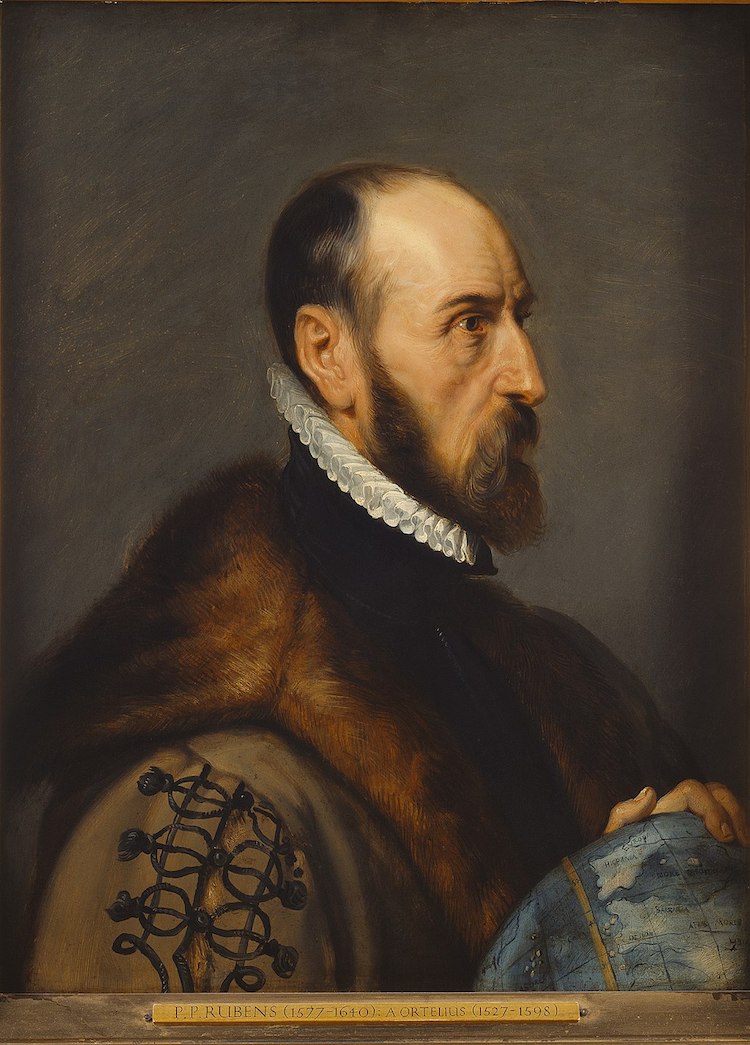

ABRAHAM ORTELIUS FLAT EARTH FULL
Has contained a full complement of scholarly aids in the form of book reviews,īibliography, and chronicles, all of which have made Imago Mundi a Illustrated (recent volumes have included color plates).

All articles represent original research, are refereed, and are well A multi-disciplinary approach was adopted Mundi publishes exclusively in English with foreign language abstracts ThereafterĮnglish was used with, very occasionally, French. Earth into a flat map, his friend and cartographic rival, Abraham Ortelius, published the first modern atlas, Theatrum Orbis Terrarum (Amsterdam, 1570). From 1975 to 2003 publication was regular. Answer (1 of 10): The 16th Century Piri Reis Map (1513) is the earliest example of such jackleg cartography' that appears to depict the ice-free coast of Antarctica long before the continent was discovered (and in spite of the fact that Antarctica has been covered in ice for tens of millions of. It was founded in Berlin in 1935 by the Russian émigré Leoīagrow as an annual publication, although only five volumes appeared betweenġ9. Imago Mundi is the only English-language scholarly periodical devotedĮxclusively to the history of pre-modern maps, mapping, and map-related ideasįrom anywhere in the world. It is concluded that Ortelius was not a geographer in the same way Ptolemy was, and that Ortelius was using geography as a philosopher and his world map as an illustration of his moral and religious thinking. The map is contradictory, however for Ortelius's accurate and up-to-date presentation of the physical world is qualified by a verbal statement that the world is 'nothing', a mere pinpoint in the immensity of the universe. As in emblems, the words on Ortelius's map are not there to explain or to comment on what is seen but to give the image meaning the purpose of the map is to invite contemplation of God's world. Attention is drawn to the content of the texts on the map, to Ortelius's notion of geography as the eye of history, and to the importance in the Renaissance of the emblem as a conceit, or device, in the system of acquisition and transmission of knowledge.

In this paper, the map of the world, which (as in Ptolemy's Geography) opens Ortelius's Theatrum, is analysed to show how Ortelius's concept of space was very different from Ptolemy's. Schmidt, On the Impulse of Mapping, or How a Flat Earth Theory of Dutch. Although the close association of word and image in medieval cartography is widely acknowledged, the significance of the relationship after the rediscovery of Ptolemy's Geography and throughout the Renaissance has been overlooked, despite Abraham Ortelius's choice of the term 'Reader' for users of the Theatrum orbis terrarum (1570). Abraham Ortelius was cartographer, draftsperson, publisher born on.


 0 kommentar(er)
0 kommentar(er)
